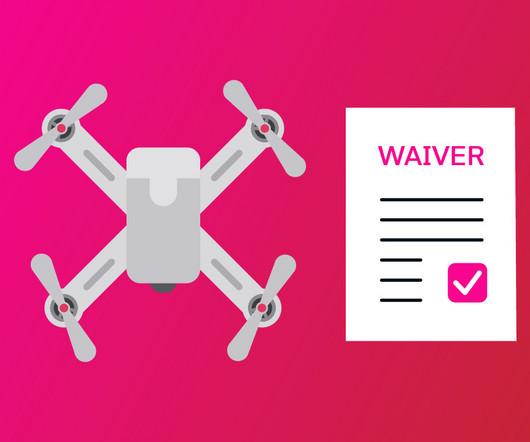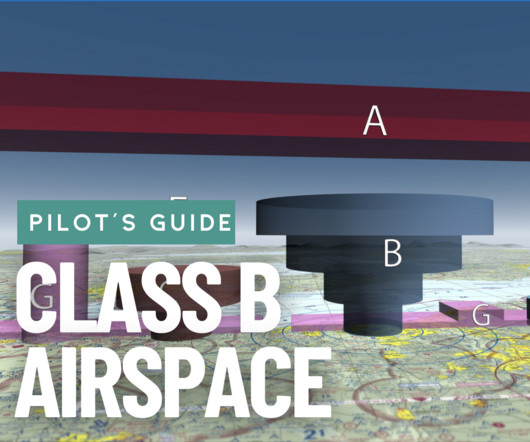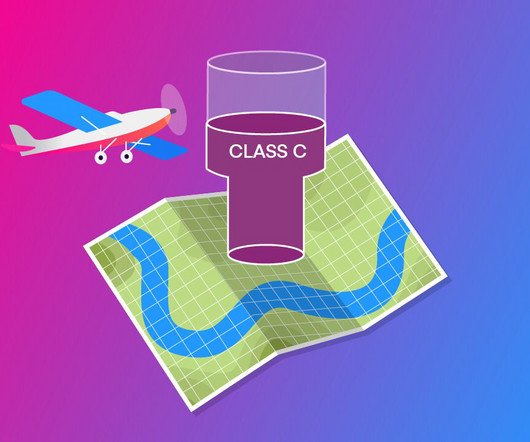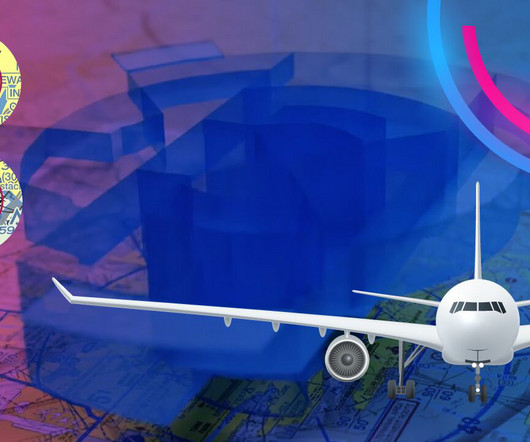Is a Waiver to Fly Drones in Controlled Airspace Still Necessary?
Pilot Institute
JUNE 27, 2025
What Is Controlled Airspace? The FAA defines controlled airspace as “a generic term that covers the different classifications of airspace (Class A, Class B, Class C, Class D, and Class E airspace) and defined dimensions within which air traffic control service is provided to IFR and VFR flights.”











Let's personalize your content